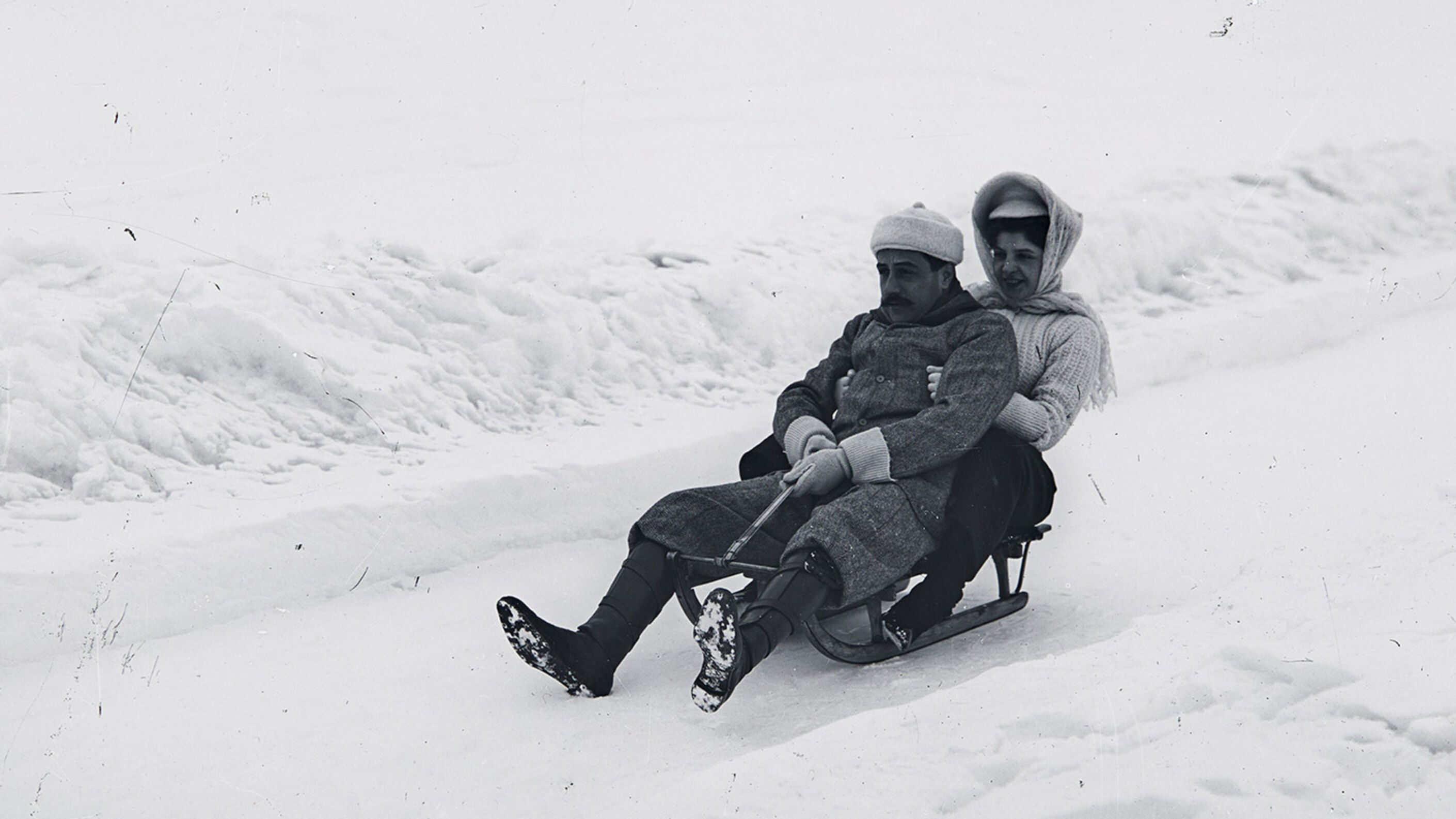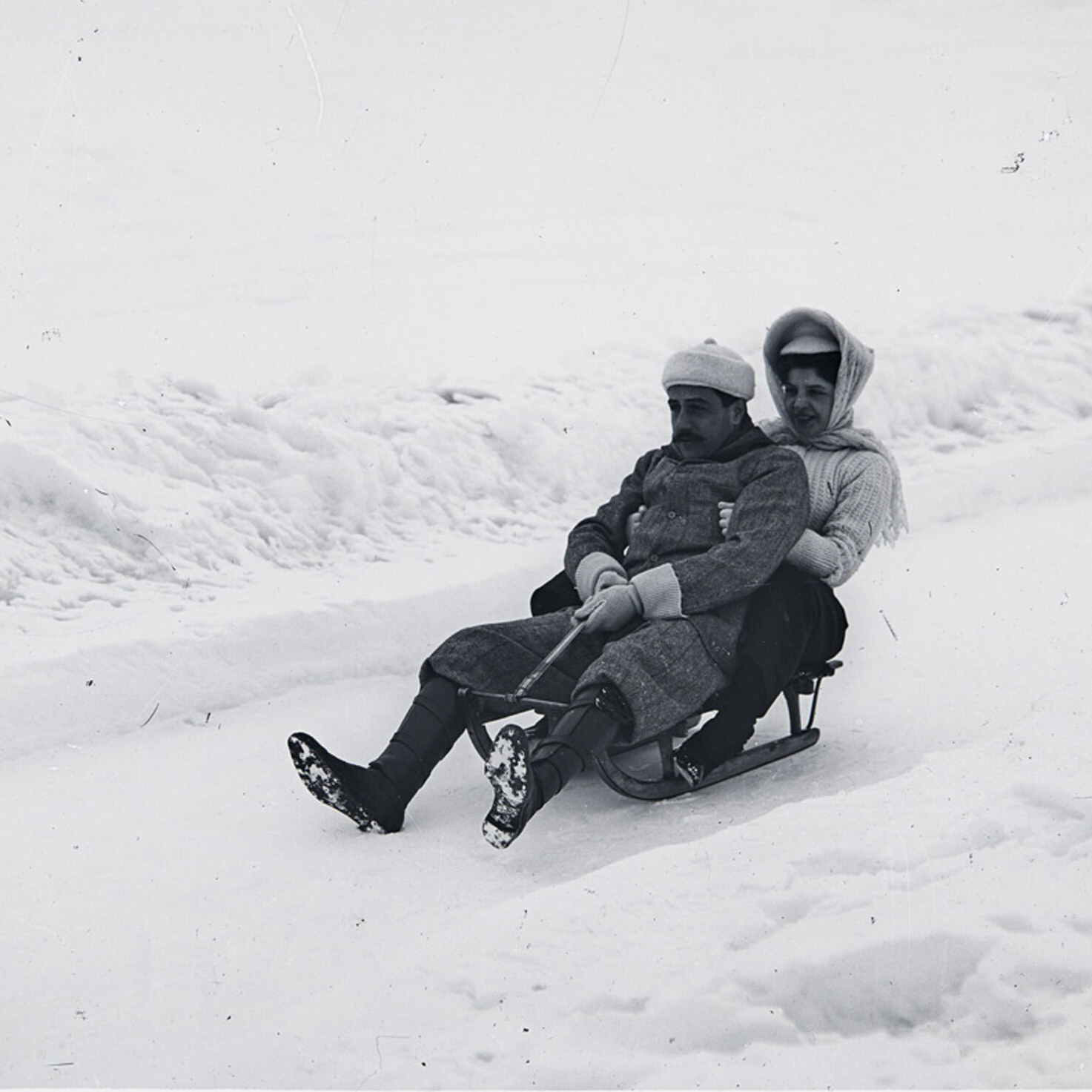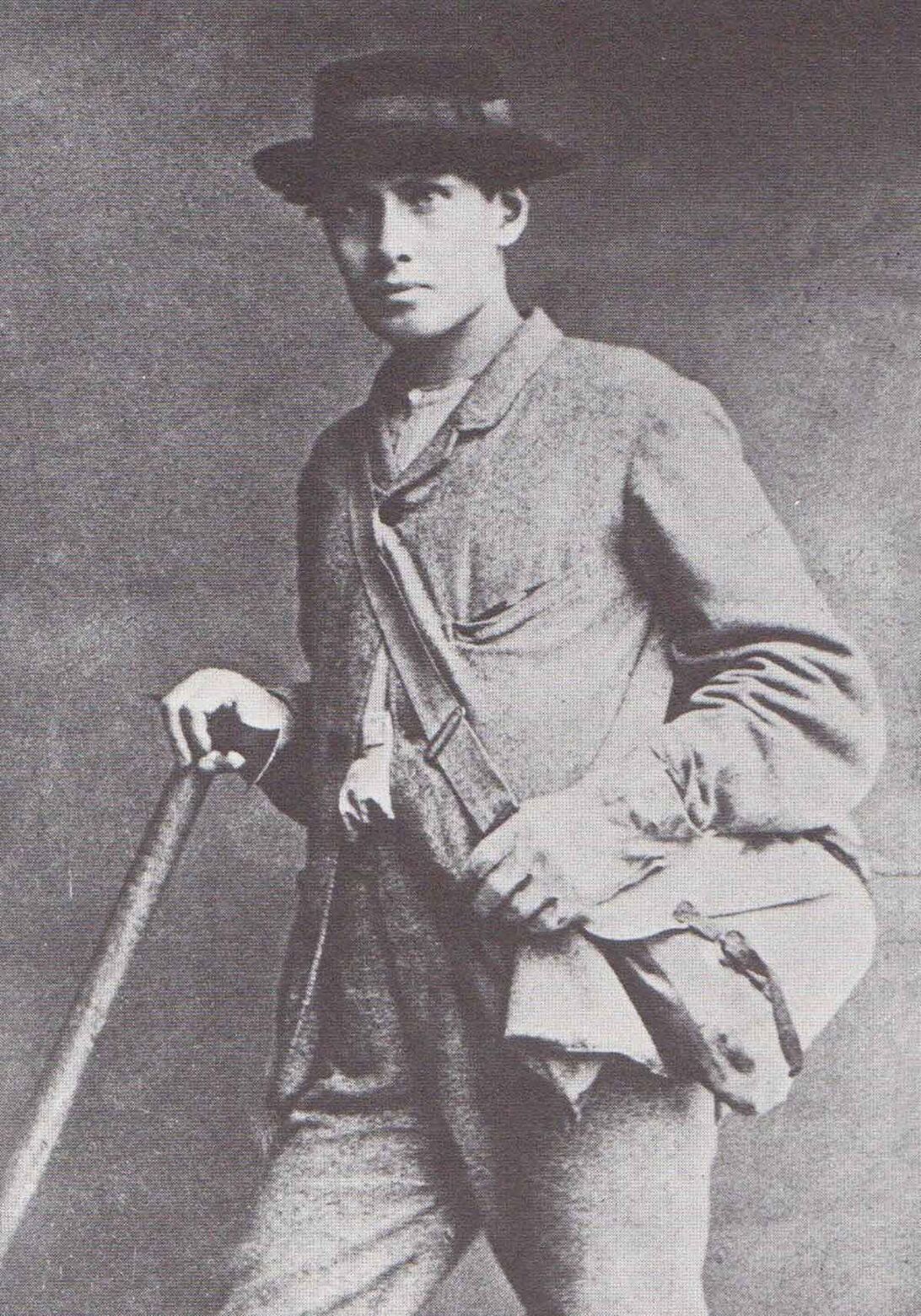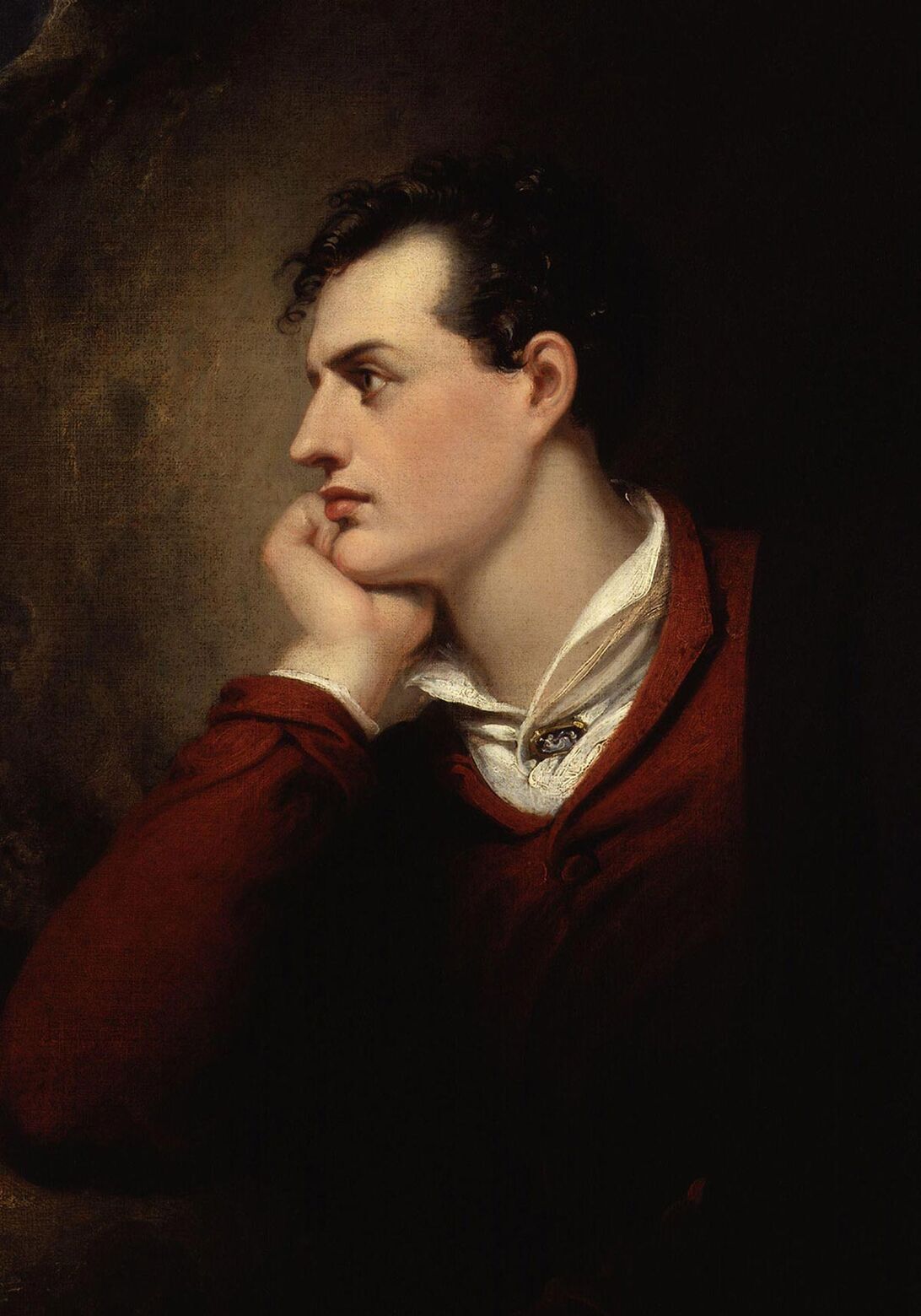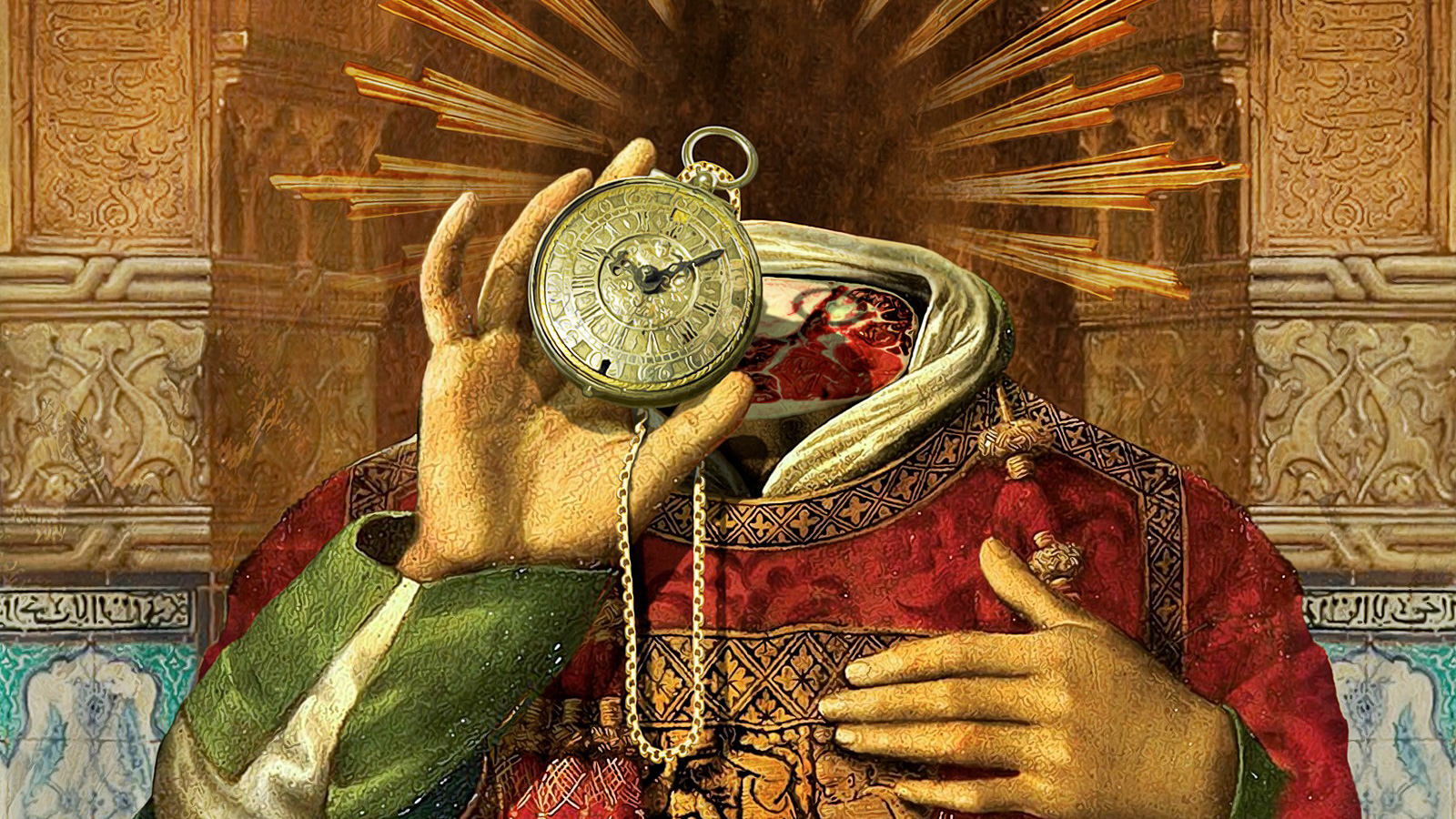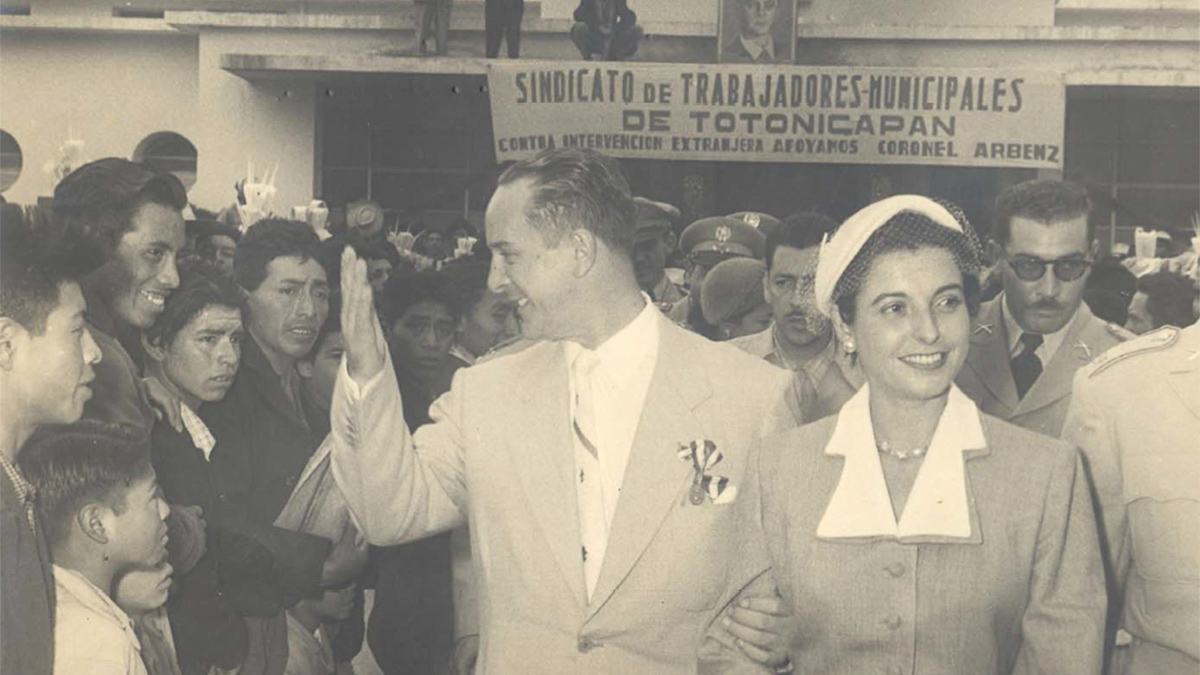Let’s go to Switzerland!
Edward Whymper aspired to be the first person to reach the summit of the Matterhorn, Thomas Mann wrote world-class literature about Davos, and Mark Twain visited the Rigi and a host of other places. In the 19th century, visitors from abroad came to Switzerland for all kinds of different reasons.
Given the disparate motivations that brought past visitors to our country, it would be a bit wide of the mark to talk of an early tourist industry.
Lord Byron, for example, was on the run from a series of scandals when he went to ground at Lake Geneva in 1816. It’s rumoured that composer Richard Wagner fled to Switzerland to escape from his creditors. Others saw scaling our mountain peaks as the only reason to come here, doing a bit of flag-waving for their own country along the way. In the race to make the first ascent of the Matterhorn – a race won by Englishman Edward Whymper in 1865, narrowly beating an Italian team – there was a dark side to the glory of being first to the top; four of Whymper’s companions lost their lives in the endeavour.
Although there were claims to the contrary, the first ascent of the Eiger via the difficult north face, by a German-Austrian team in 1938, was welcome publicity for the German Reich in addition to reflecting the tremendous achievement of the four climbers. After two fatal attempts, Heinrich Harrer, Andreas Heckmair, Fritz Kasparek and Ludwig Vörg successfully crossed the wall and thus – in the contemporary interpretation – represented the reunification of the two countries.
Beginning in the 19th century, it was the altitude rather than the allure of the mountains that led to the construction of scores of rehabilitation and treatment clinics in Davos and Leysin. Many hundreds of patients suffering from tuberculosis, also known as “consumption”, spent weeks or months in the mountains of Switzerland as part of their treatment and recovery. With his Zauberberg (The Magic Mountain), German novelist Thomas Mann created a monument to Switzerland’s highest town. Much to the displeasure of the inhabitants of Davos; they would rather have seen themselves associated with something positive than with the often fatal lung disease. Such as the Engadine, for example.
Cooperation
This article originally appeared on the Swiss National Museum's history blog. There you will regularly find exciting stories from the past. Whether double agent, impostor or pioneer. Whether artist, duchess or traitor. Delve into the magic of Swiss history.
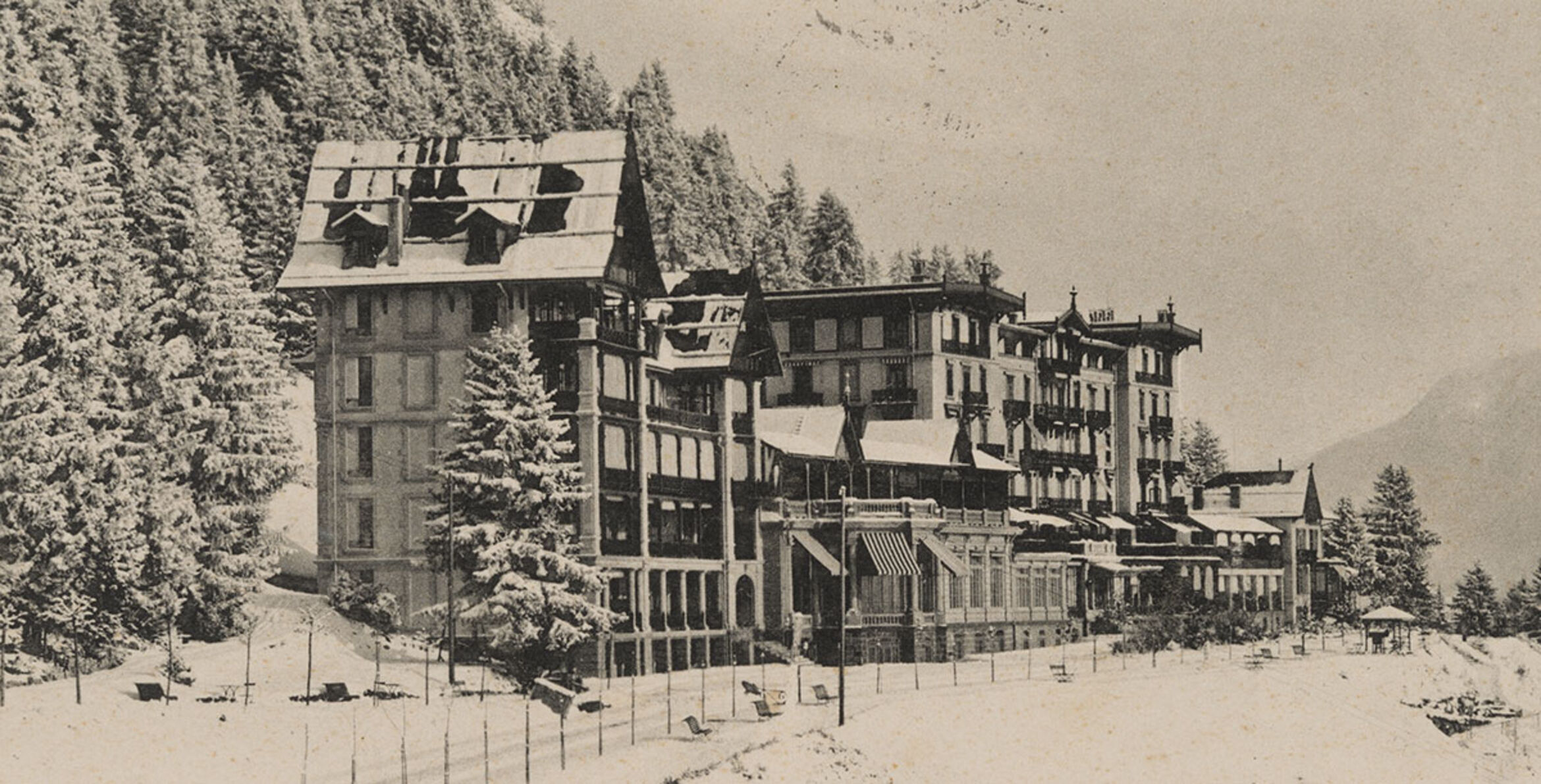
Postcard from the sanatorium in Leysin, c. 1900 (Swiss National Museum)
Which bits of the story of canny hotelier Johannes Badrutt from St Moritz are true, no one knows for sure. But the story is told as follows: in the autumn of 1864, a small group of English guests was lamenting the inevitable arrival of the northern winter. Badrutt promised them an Engadine with sunshine, pleasant temperatures and a breathtaking “winter wonderland”. In line with the spirit of the times, bets were laid. Badrutt told the English group to come back in December. If his promise proved false, he would pay the group’s travel expenses in full. Legend has it that Badrutt won the bet – and the concept of the winter holiday was born, launching the region’s winter tourism industry.
In his 1878 story Climbing the Riffelberg, American novelist Mark Twain presented a witty parody of the obsession with being first to reach the top of the mountain. From the mid-19th to the mid-20th century, it was not uncommon for wealthy guests to remain for weeks at a time in tourist centres such as Grisons or Central Switzerland. Sometimes, these groups ran out of ideas for keeping themselves entertained. Lying in the sun and breathing in the pure mountain air can be pretty tedious. Some people wrote great works of world literature, others whiled away the time being carried aloft by the newly built Bergbahnen, Switzerland’s famous mountain railways.
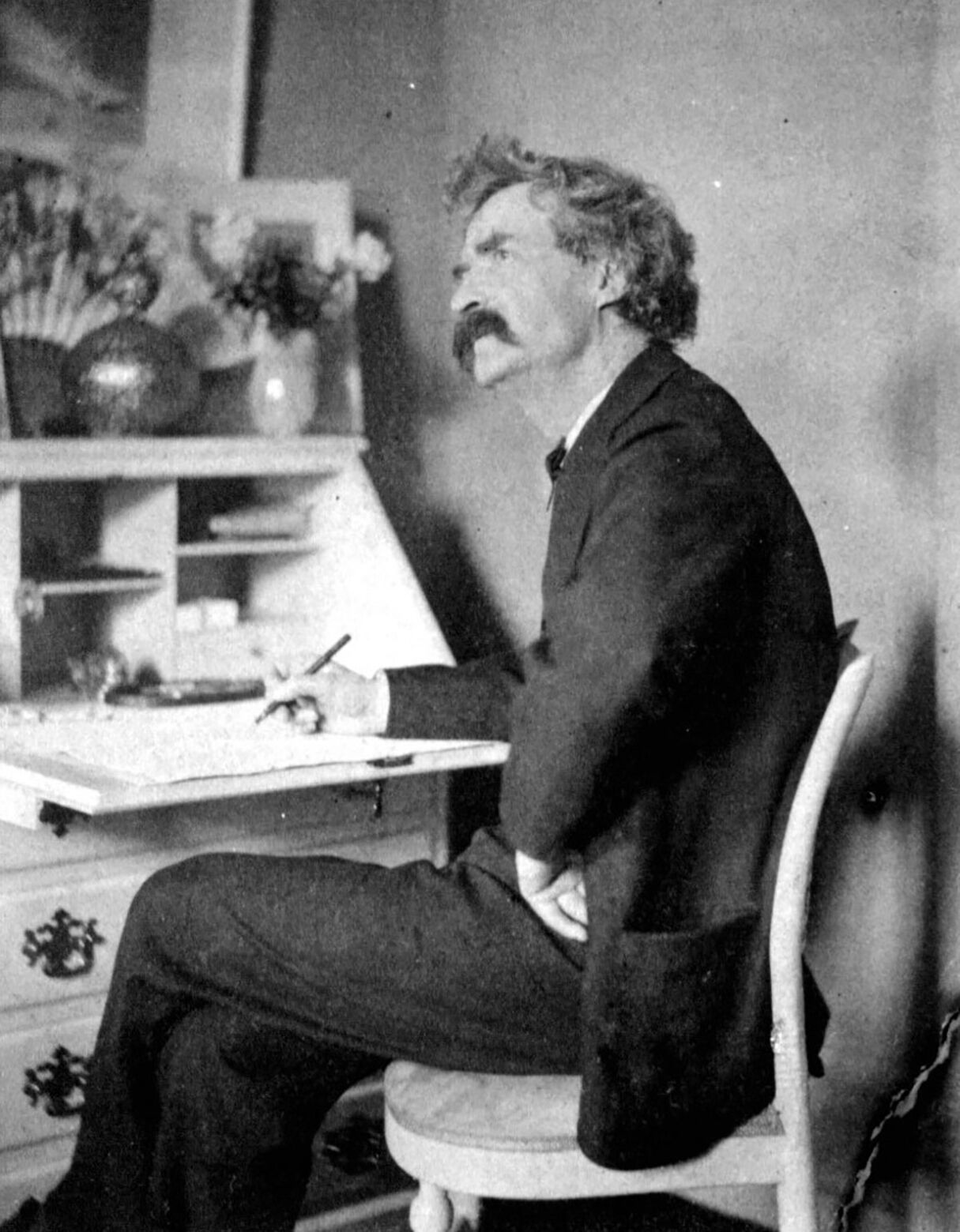
Mark Twain photographed in 1890 (Wikimedia)
“Sich wie zuhause fühlen – Feel right at home.” The region’s tourism executives embraced the challenge and offered a wide-ranging programme of entertainments. Skiing, sleigh rides and concerts in the Kursäle, or entertainment halls, of the ritzy spa resorts were among the activities on offer. In addition, all manner of strange and whimsical ideas were put into action. In Flims and Maloja, for example, a casino was built in the forest. Business was good until the two world wars, which presented a serious setback to the fast-expanding industry. A setback from which certain regions never recovered. However, other iconic tourist spots such as Lucerne and Zermatt remain perennial favorites. Even without Mark Twain or Edward Whymper.
